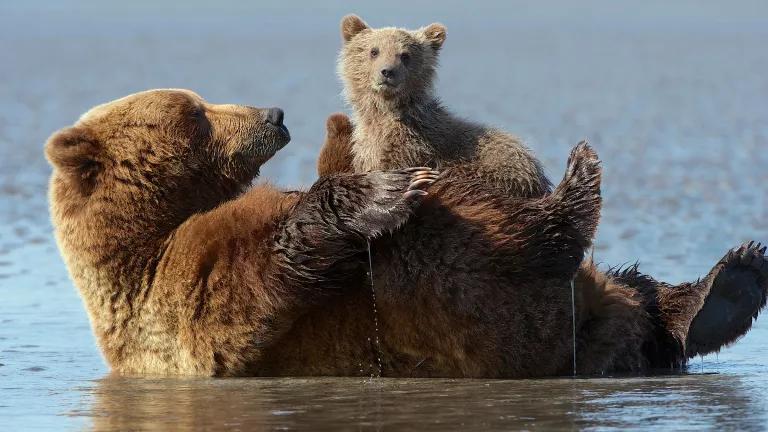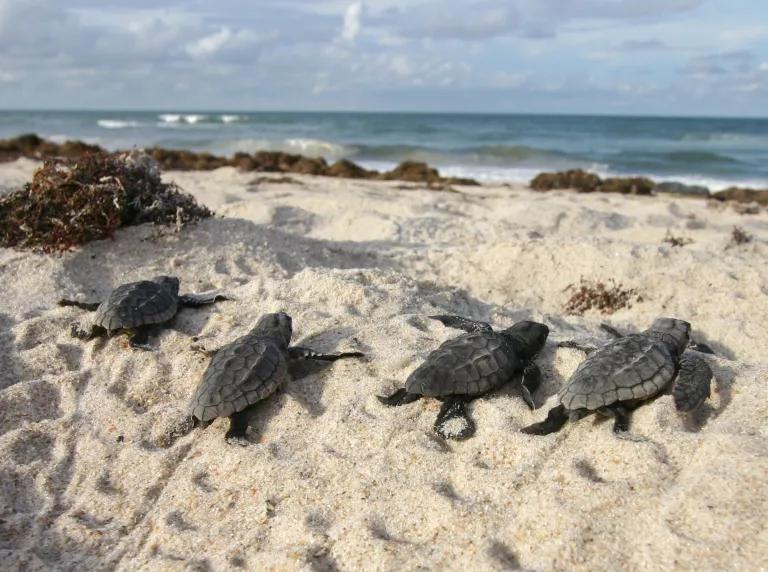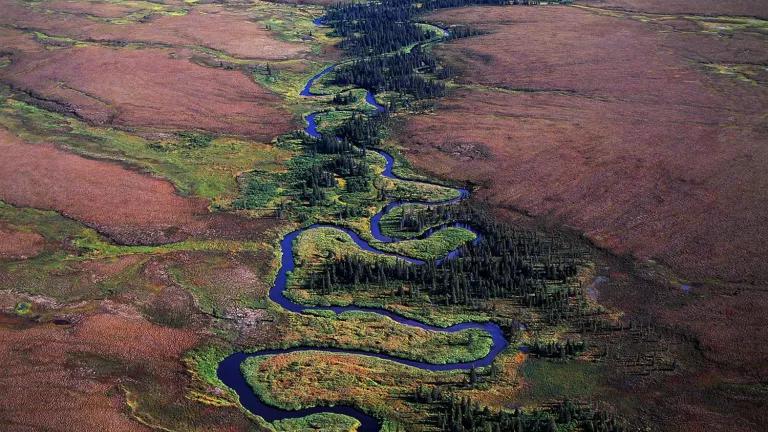Five Great News Stories for Endangered Species Day
While it feels strange to wish you a “happy endangered species day,” there is some good news as of late.

It feels strange to wish you a “happy endangered species day” when each day brings more news of the biodiversity crisis. With one million species facing extinction, many within decades, the circumstances are anything BUT happy for most wildlife.
But there is some good news as of late.
First and foremost, the Trump administration is gone. We now have an administration that actually acknowledges the growing threat of climate change and is actively committed to addressing it. President Biden has prioritized the environment and it shows in his cabinet appointments. Interior Secretary Deb Haaland is breaking barriers as the first Native American to serve in her post, and we expect her unique perspective to be a game-changer for wildlife. We also have a democratic majority in both the House and Senate for the first time in a decade—a rare opportunity to make progress on Capitol Hill. The future for wildlife and our environment finally feels hopeful again.
At NRDC, we’re taking full advantage of this moment. We are working hard to hold these decision makers’ feet to the fire and push them to do everything in their power to save our planet’s wildlife. And we’re already seeing results.
Here are five recent actions that have given me hope that we’re going to turn things around for our planet’s amazing and vulnerable creatures:
1. President Biden’s Executive Order on 30x30
President Biden recently issued an Executive Order committing the U.S. to preserve 30% of lands and 30% of its ocean areas by 2030 as part of an international effort referred to as “30x30.” Many countries have already made this pledge and now that the U.S. has joined the fray, hopefully more nations will follow suit. Land use change is the top driver of biodiversity loss in terrestrial ecosystems (and the second greatest driver in ocean ecosystems)—without habitat conservation and restoration, human degradation of natural ecosystems will all but guarantee the extinction of more than 500,000 plant and animal species across the planet. 30x30 represents our best chance to reduce the threat to species by conserving land, inland water, and ocean areas most critical to biodiversity. If the Biden administration follows through on its 30x30 commitments, there is hope for species and wildlife already threatened or endangered under the Endangered Species Act (ESA) and those at risk of being added to the list.
2. NRDC’s Settlement with EPA on Pesticide Impacts on Imperiled Species
After a long slog, NRDC finally reached an agreement with the Environmental Protection Agency (EPA) that requires the agency to evaluate the impacts of imidacloprid, one of the most commonly used neonicotinoid pesticides, on endangered and threatened bees, butterflies, birds and other wildlife as required by the ESA. Neonicotinoids, including imidacloprid, have been implicated in bee die-offs and found to have significant negative impacts on a wide range of species. Although the fight isn’t over yet, and NRDC will continue to fight for similar mandatory ESA analyses for two other neonicotinoid pesticides, this settlement is a hard-fought win for species—it opens the door to new, more stringent restrictions on the use of imidacloprid and greater protections for listed species.

3. NRDC Is Trying to Save Remaining Gulf of Mexico Whales
NRDC and our partners recently petitioned the Biden Administration to protect a unique species of deeply imperiled whale known only to live in the U.S. waters of the Gulf of Mexico. The numbers are harrowing—only about 50 individuals remain due to vessel strikes, habitat disturbance and loss from oil and gas development, underwater noise pollution, plastics and other marine debris, pollution from oil spills, and fisheries entanglements. The petition asks the National Oceanic and Atmospheric Administration National Marine Fisheries Service (NOAA Fisheries) to establish a year-round mandatory 10-knot speed limit and other vessel-related regulations within the Gulf of Mexico whale’s core habitat to protect the unique creature from vessel strikes.
4. Colorado Voted to Reintroduce Wolves
Late last year, Colorado voters passed a ballot initiative that will require the state to reintroduce gray wolves to its former habitat in the state. The state expects “paws on the ground” by 2023. This marks the first time voters in a state have directed state officials to reintroduce a wildlife species on its former habitat. Especially given the Fish and Wildlife Service’s misguided delisting of gray wolves last year (which NRDC is challenging in court), this is great news for wolves, and will help to aid them as they begin to recover from the devastation caused by widespread predator control programs and habitat and prey loss in the early 1900’s.
5. President Biden’s Pledge to Cut Greenhouse Gas Emissions between 50 to 52 percent by 2030
At the Earth Day leaders’ summit held last month, President Biden committed the U.S. to reducing our emissions by at least half below 2005 baseline levels. This pledge builds on the U.S.’s formal reentry to the Paris Agreement—it marks our return to the global stage as a climate leader and our seriousness about tackling the climate and biodiversity crises. The science is clear: reducing emissions is the minimum we must do to avert the impacts of rising seas, species collapse, and increasingly devastating disasters. By mitigating the worst effects of climate change and preserving carbon rich ecosystems, we’re protecting our own environments, and the endangered species and diverse wildlife who call them home, too.
This planet’s incredible species are, I think, the closest we get to experiencing actual magic here on earth. From little insects, fish, and turtles, to lions, elephants, and polar bears, watching these species in person or on TV—and even just knowing they exist—is awe-inspiring. The biodiversity around us is unparalleled, even as species we may never discover are disappearing. These creatures are also integral to maintaining our ecosystems and so many benefits we depend on like clean water, clean air and food we eat. That’s why it’s so important we continue pushing to protect them at all costs.
So, while endangered species day may not be a particularly joyous occasion, it IS a day to take stock of our wildlife, and to appreciate these species. For all they bring the world, it’s important to recognize the trouble they’re in, and to commit to defending their futures.



